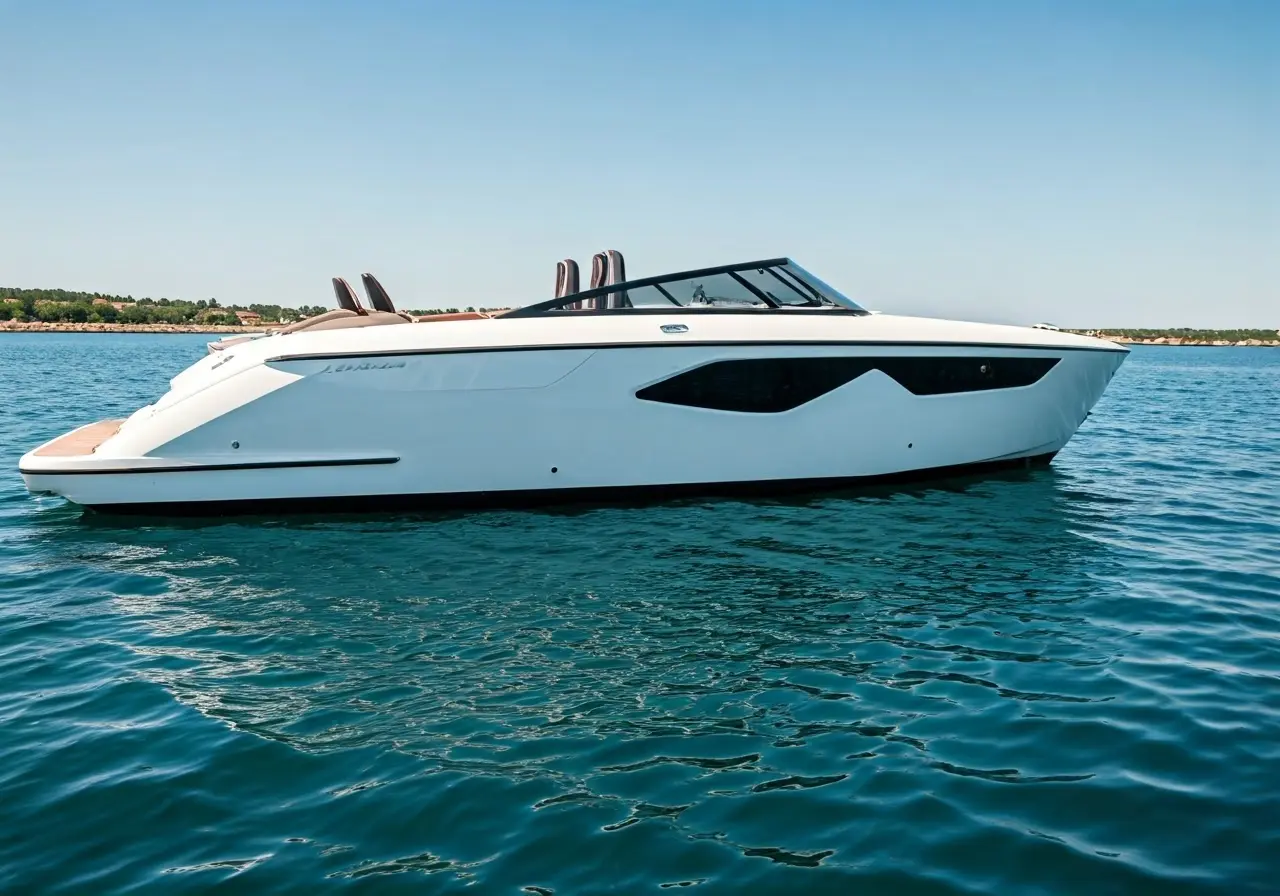Understanding the Basics of Marine Audio for Beginners
Diving into the world of marine audio can seem overwhelming at first, especially if you’re new to boating or the intricacies of audio systems. In this guide, we’ll break down the essentials of marine audio, making it easy for beginners to grasp the foundational concepts. Whether you’re looking to upgrade your boat’s sound system or install a brand new setup, you’ll find the information you need to get started right here.
What Makes Marine Audio Different?
Marine audio systems are specifically designed to withstand the harsh conditions of a marine environment. Unlike standard audio equipment, these systems need to be water-resistant, corrosion-proof, and capable of delivering quality sound amidst the open waves. This specialization not only protects the equipment from water damage but also ensures it can deliver sound effectively by cutting through wind and engine noise, which are more prevalent in boating scenarios. Moreover, the marine audio equipment is built to resist UV rays, preventing damage from prolonged exposure to the sun.
One of the unique challenges with marine audio is ensuring that every component can handle the saline air and humidity associated with boating. This is where the choice of materials comes into play. For instance, marine speakers often use polypropylene cones coated in tough UV-resistant plastics and stainless steel grills that won’t rust. This makes them durable enough to withstand the salt-laden marine atmosphere and splashbacks from wakes or waves.
Essential Components of a Marine Audio System
A typical marine audio system comprises several key components: marine speakers, amplifiers, head units, and subwoofers. Each plays a vital role in delivering high-quality sound and must be chosen with care to ensure they can handle marine conditions. For instance, a well-selected head unit not only serves as the control center for your audio setup but often supports Bluetooth streaming and waterproof controls, making it user-friendly even in wet environments.
Marine amplifiers are another critical component, designed to boost the audio signal so it can be heard even over the ambient noise of waves and wind. They’re built with sealed circuit boards to prevent moisture damage. Meanwhile, subwoofers enhance the bass elements of your audio, giving your music depth and richness that can elevate the entire listening experience on a boat.
Choosing the Right Marine Speakers
When selecting marine speakers, consider factors like size, power handling, and material construction. Waterproof and UV-resistant materials are essential to ensure longevity and performance in a marine setting. There are also different types of speakers, like coaxial speakers which combine a woofer and a tweeter, saving space and simplifying installation — an aspect worth considering when planning your boat setup.
For those interested in water sports or extended cruising, tower speakers may be ideal, as they can project sound over longer distances, allowing you to hear your tunes even while skiing or tubing behind the boat. However, quality and price usually go hand in hand. Opt for higher-fidelity speakers that provide clearer audio over bearings.
The Role of Amplifiers in Marine Audio
Amplifiers boost the audio signal and are crucial for overcoming ambient noise on the water. The right amplifier ensures you can enjoy robust and clear sound even at higher volumes. An amplifier is often necessary if you’ve added subwoofers or tower speakers, as these components typically require more power than the internal amp of most head units can supply.
When it comes to selecting an amplifier, look for models that provide enough power for your speakers without overstepping what they can safely handle, as too much power can lead to damage. Additionally, many marine amplifiers come with multiple channels, which allow you to control different components individually and achieve a more tailored sound setup for varied listening preferences on board.
Installation Tips for Beginners
Proper installation is key to any audio system’s success. Beginners should consider placement, wiring routes, and power sources. It’s often worth consulting with a professional to avoid common pitfalls and to ensure a safe installation. Key considerations include ensuring waterproof seals around speaker installations and isolating wires to prevent corrosion. Additionally, using proper marine-grade wiring ensures not just the longevity of your setup, but also that it is safe by reducing the risk of short-circuits.
Installation can seem daunting, but by breaking it down into manageable steps, you can tackle it with ease. First, start with mapping out where each component will go based on the acoustics of your boat and accessibility. Opt for locations that are shielded from direct spray but still provide unobstructed sound projection and easy access for control panels or power offs when not in use.
Maintaining Your Marine Audio System
Regular maintenance, such as cleaning and checking for corrosion, helps sustain the performance of your marine audio system. Simple practices like covering components when not in use can also prolong their lifespan. Once a month, wipe down all exposed surfaces with a clean, dry cloth to prevent the build-up of salt residues, which can corrode connectors over time.
Inspect all system parts regularly, focusing on electrical connections. If you notice any signs of rust or erosion, act promptly to clean and, if necessary, replace affected parts. Considering marine-grade protective sprays as an extra measure can significantly extend the life of your investment, ensuring reliable operation for many seasons to come.
Setting Sail with Confidence in Marine Audio
By understanding the basics of marine audio, you’re well on your way to creating a fantastic sound experience on the water. With the right equipment and a bit of patience, you’ll soon be enjoying crystal-clear tunes as you sail or cruise. Happy boating!
























































